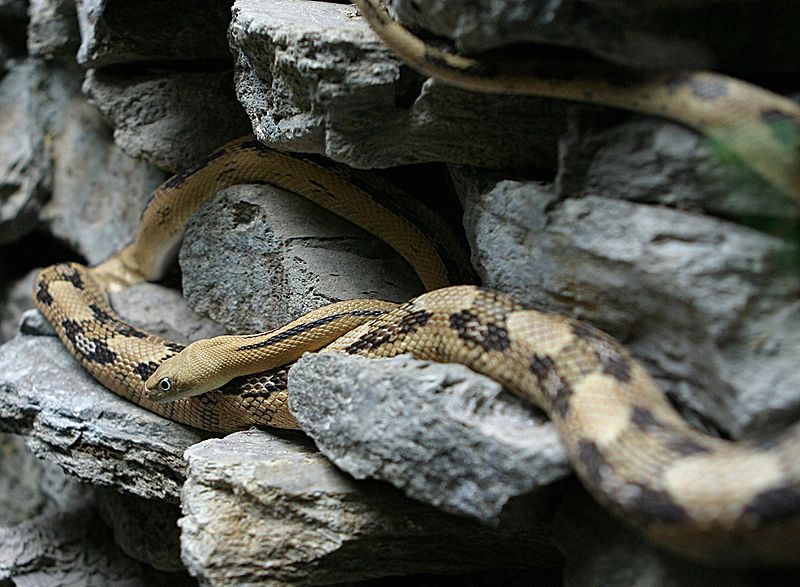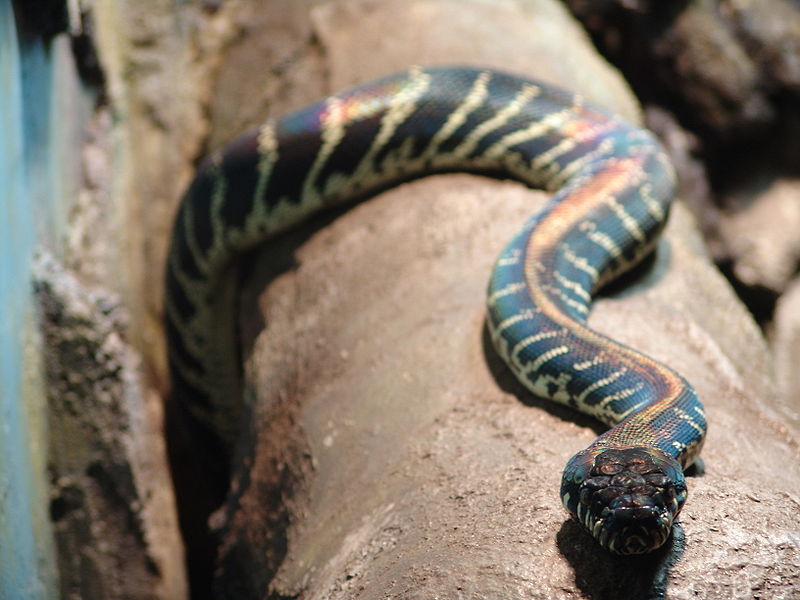Many interesting field research reports are published in professional journals such as Copeia, Herpetologica and Herpetological Review, and are not available on the internet. From time to time I’ll provide summaries of some of the fascinating articles that I come across. Today’s report, drawn from Autumn, 2010 publications, covers a favorite topic of mine – feeding records. As theses reports show, snakes and frogs often do battle – and the results are hard to predict!
Fer-de-lance and Smoky Jungle Frogs: Venom vs. Poison
In Costa Rica, a Fer-de-lance partially swallowed and regurgitated a Smoky Jungle Frog. The snake was rendered lethargic incapable of defending itself for at least 45 minutes (and would likely not repeat the experience!). Smoky Jungle Frogs produce Leptotoxin, a powerful chemical that causes rapid death from cardiac arrest when administered to rats. People have reported experiencing “tingling” sensations after handling Smoky Jungle Frogs. Read More »
 That Reptile Blog – Reptile, Amphibian and Exotic Pet Care and Information
That Reptile Blog – Reptile, Amphibian and Exotic Pet Care and Information




